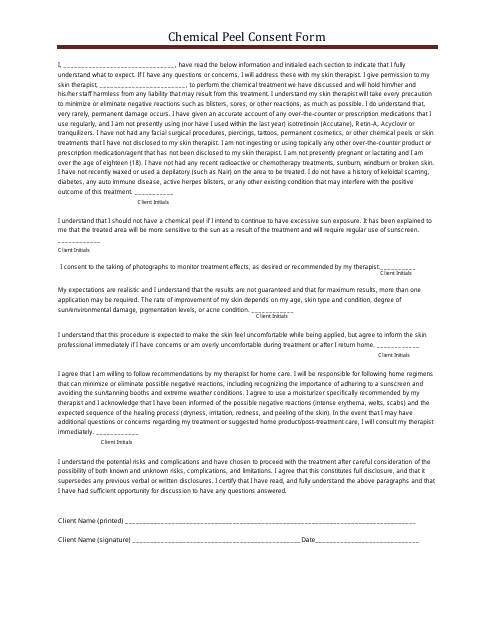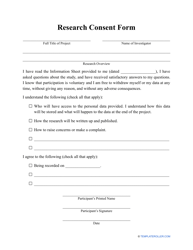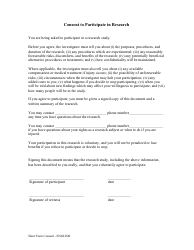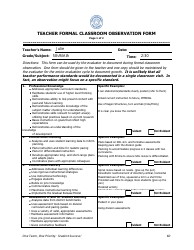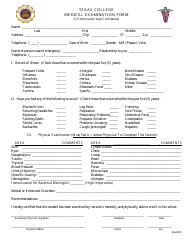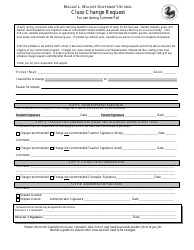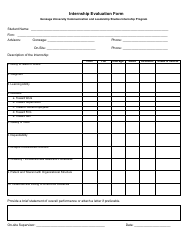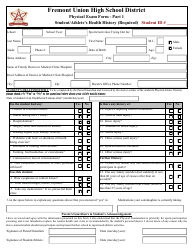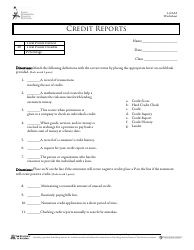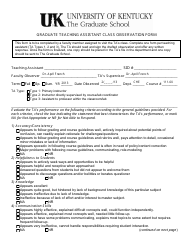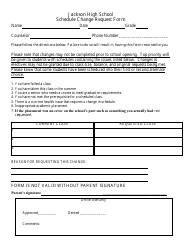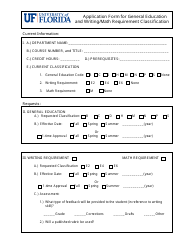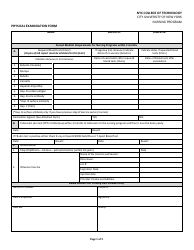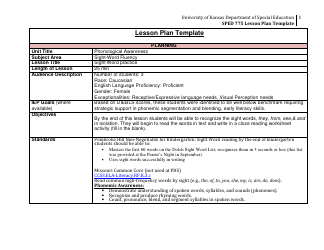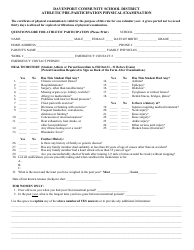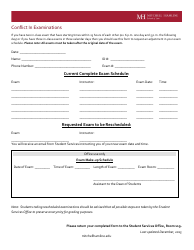Chemical Peel Consent Form
A Chemical Peel Consent Form is a document that provides information to a person undergoing a chemical peel procedure. It outlines the potential risks and benefits of the procedure, as well as any pre- and post-procedure instructions. By signing this form, the person acknowledges that they understand the procedure and give their informed consent to undergo the treatment.
The consent form for a chemical peel is typically filed by the individual receiving the treatment, i.e. the patient.
FAQ
Q: What is a chemical peel?
A: A chemical peel is a cosmetic treatment that involves the application of a chemical solution to the skin to improve its appearance.
Q: Why would someone get a chemical peel?
A: People may get a chemical peel to address various skin concerns such as wrinkles, acne scars, uneven skin tone, or sun damage.
Q: How does a chemical peel work?
A: During a chemical peel, the chemical solution applied to the skin helps exfoliate and remove the top layers of skin, revealing smoother, healthier-looking skin underneath.
Q: Are there different types of chemical peels?
A: Yes, there are different types of chemical peels, including superficial peels, medium peels, and deep peels. The type of peel recommended will depend on the specific skin concerns being addressed.
Q: What are the potential risks and side effects of a chemical peel?
A: Potential risks and side effects of a chemical peel may include redness, peeling, mild discomfort, temporary changes in skin color, and possible infection. It is important to follow post-treatment instructions provided by the healthcare professional.
Q: Who is a good candidate for a chemical peel?
A: Generally, individuals with fair skin and light hair are good candidates for chemical peels. However, a healthcare professional will assess each individual's skin type and determine the most appropriate treatment plan.
Q: How long does it take to recover from a chemical peel?
A: The recovery time after a chemical peel can vary depending on the type and depth of the peel. Superficial peels may require little to no downtime, while deeper peels may require several weeks of recovery.
Q: Is a chemical peel a one-time treatment?
A: A chemical peel can be a one-time treatment, but some individuals may benefit from multiple sessions spaced out over time to achieve optimal results.
Q: Is a chemical peel painful?
A: During a chemical peel, individuals may experience some mild discomfort or tingling sensation. However, healthcare professionals can take steps to minimize any discomfort during the procedure.
Q: Can a chemical peel be done at home?
A: Chemical peels should be performed by a trained healthcare professional in a controlled setting to ensure safety and effectiveness. At-home chemical peels may pose risks and are not recommended.
